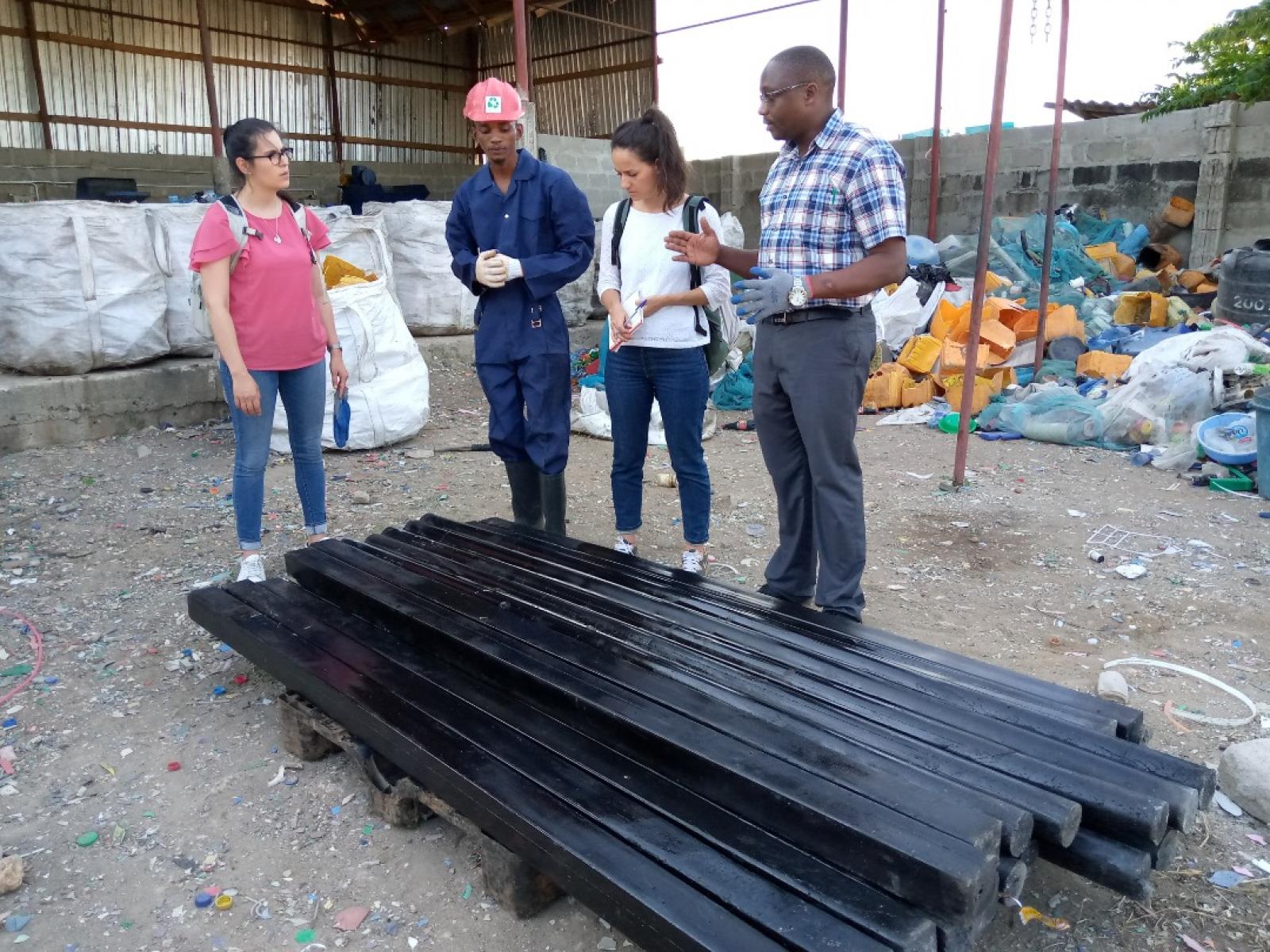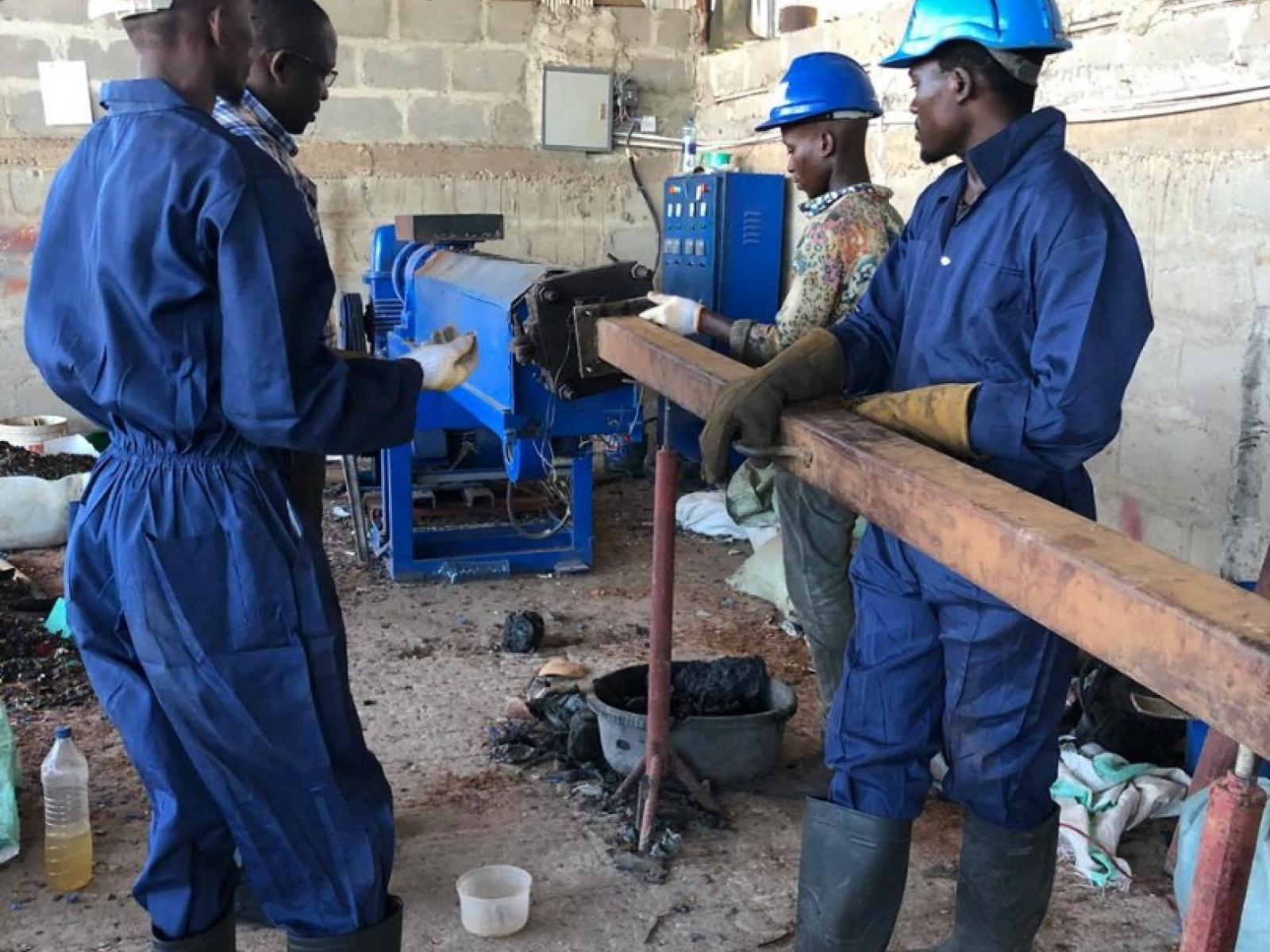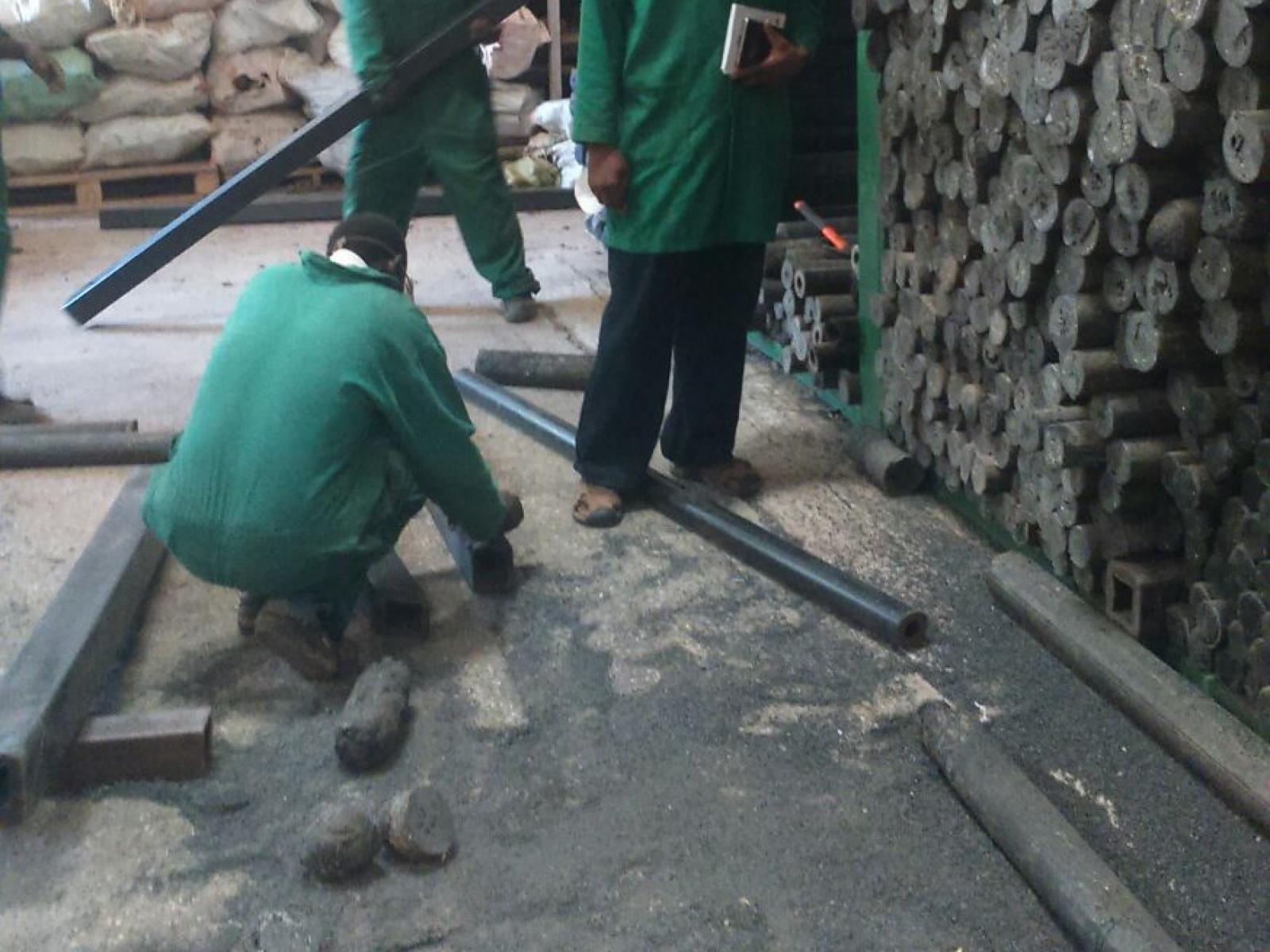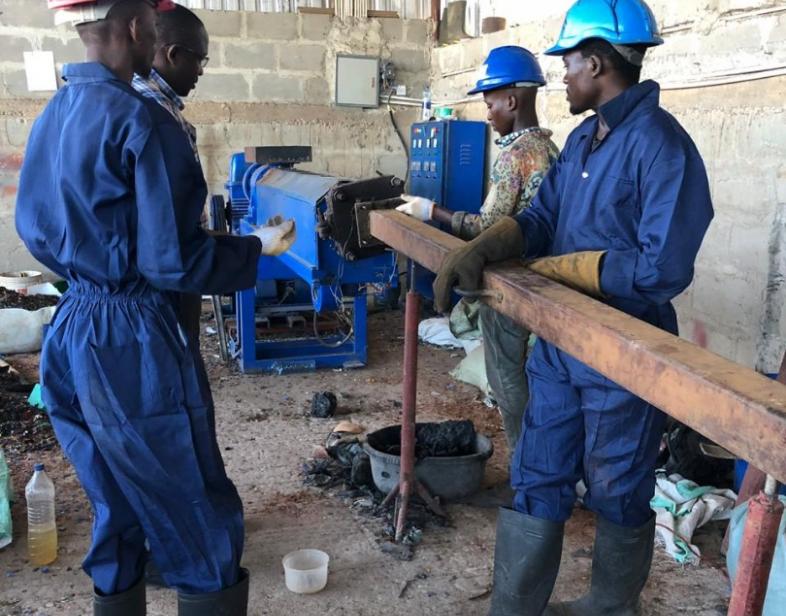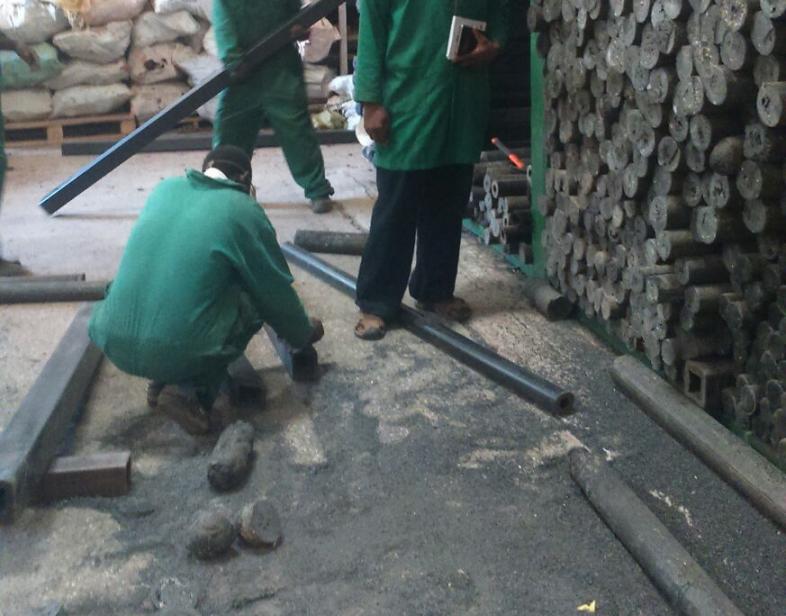An Overview Of Our Solution
We reduce the amount of waste plastic enters into the oceans by recycling waste plastics and transforming them into durable plastic timbers used for building, construction as well as furniture making, we collect these waste plastic through our social program where low income communities are able to access health care on exchange with their waste plastics.
- Population Impacted: 3,200,000
- Continent: Africa
First name
Last name
Organization type
Context Analysis
Every year more than 9 million tons of plastic garbage ends up into our oceans causing ocean pollution and threat to marine life, and by the year 2050 there could be more plastics than fish In the ocean, Waste management is one of the environmental problems that most cities are struggling to manage. As the number of residents in most cities is increasing so is the production of solid waste. Very unfortunate, effective environmental and sustainable measures to manage the waste are lacking. Our country generates about 4,800 tones waste every day of which 38% is plastic waste, which ends up in landfills and oceans. While both the local administrators and environmental legal bodies understands the health risks involved, the lack of financial and technological capability has left the city residents grasping for help.
Describe the technical solution you wanted the target audience to adopt
We have developed a chemical free and energy conserving technology called “Waxy ӀӀ technology” to recycle and transform ocean plastic garbage into durable and long lasting plastic timbers, Plastic timbers are affordable alternative to wood timbers, hence reduces the need for building material manufactured from wood, helping to preserve forests, cut down on deforestation, reduce the plastics ending to the oceans and further mitigation of climate change.
Durable, long lasting, recyclable and affordable plastic timbers manufactured using recycled plastic waste are ideal product for building, construction and furniture making and are normally made in 10ft on average and shaped either round or square.
Describe your behavioral intervention.
To motivate the community to see waste as a resource, we launched “Garbage medical Insurance” a micro health insurance program which uses garbage as financial resources, with this program the community pay medical services using garbage. This way the community mobilizes their own resources to improve health access and breakdown barrier between health facilities and community.
Behavioral Levers Utilized
As needed, please explain how you utilized the lever(s) in more detail.
We believe that health is fundamental human rights. But, in reality many people can't get health access because they don't have enough money and the cost for medication is expensive. Then, we start to think, How could we create health financing model which is permit all of people to get health access. Yeah, Garbage is the best solution, because almost every day every house produced garbage which is not used, so that all citizens can join with our program. Besides, in our country residents must pay a fee to dispose of their garbage, we offer to residents to submit their garbage to us, and they can get medical health insurance coverage.
Describe your implementation
- Visit and register poor slum families who are willing to collect and give their plastic waster and also participate in monthly beach cleaning and able to exchange all the collected plastics for medical health insurance for their families.
- Once per week we visit these families collect and measure the waste plastics collected .
- Waste plastics are sent to the factory, then sorting and shredded in preparation for manufacture of plastic timbers.
- We then manufacture of plastic timbers from the collected waste plastics and then market our plastic timbers through various media such as internet and newspaper.
- We then distribute and retailing plastic timbers through various channels such as stockiest.
- The revenue generated covers the cost for medical health insurance for these poor slum families and operation costs.
Describe the leadership for your solution. Who is leading the implementation?
- Mr. Bernard Ernest - Technical Director who oversees all production, holds Master of Engineering degree in Biochemical.
- Mr. Christian Mwijage, Managing Director who oversees operations, holds a bachelor degree in Business Administration and Marketing.
- Madam, Elineca Ndowo, Chief Finance Officer holds a Masters Degree in Project management and financing from the University of Daressalaam
Share some of the key partners or stakeholders engaged in your solution development and implementation.
CHI - Community health Insurance, which is a government entity providing affordable medical insurance, we partned with them to negotiate for affordable premium option we pay for these poor families offering plastic garbage.
Clean Oceans Network - A youth social enterprise we have partnerd to work together in monthly ocean cleaning
Who adopted the desired behavior(s) and to what degree? Include an explanation of how you measured a change in behavior.
We measure the behavior change by looking on the number of families who has stopped throwing their garbage and in water streams and have decided to do the sorting at the house hold level and at the end joined our program by exchanging their waste plastics for medical health coverage for their families, as of now we have active 126 Members.
How did you impact water pollution? Please be specific and include measurement methodology where relevant.
Every month we withdraw over 25tons of plastic waste from environment and reduce the amount of waste plastics ending to the ocean and recycle them into durable plastic timbers used for building, construction as well as furniture making.
How has your solution impacted equity challenges (including race, gender, ethnicity, social class/income, or others)?
We have created more than 42 direct and indirect jobs, where 52% are female and youth from marginalized communities on the other hand with Garbage Medical insurance, while improving healthcare access and sanitation, we aim to reduce high child mortality rate in slums by 35% and reduce by 65% deaths among expectant women caused by home-based deliveries and post-natal bleeding.
What were some social and/or community co-benefits?
- We generate 42 reliable jobs opportunities for youth and widow women, who manage the collection and the sorting.
- We have empowered the 126 poor slum folks’ access to health facilities by allowing poor families exchange their garbage for medical coverage
What were some environmental co-benefits?
All plastic timbers are manufactured from post consumer plastic waste and packaging materials and are hundred percent recyclable. Like this, over 10 tons of plastic wastes are permanently withdrawn from the environment every month. Moreover, the plastic timbers offer an alternative building material to wood and hence curb deforestation. For every 25 plastic timber sold, we save a fully matured Red Cedar Tree.
What were some sustainable development co-benefits?
Our project withdraws an item which is considered to be a waste and converts into a useful product which is highly on demand. This way we provide sanitation to slum areas where blocked drainage and sewers due to plastic is common, we employ locals in plastic waste collection where they earn US$ 5.75/day, we pay those employed in our plant at 1.3 times the average national wage. Being a for-profit social enterprise, we are economically sustainable through sales of our plastic timbers
Sustainability: Describe the economic sustainability of your solution.
Normally the plastic extrusion process takes time, which increases energy consumption and increases production costs; this has been a major challenge to many plastic extrusion facilities in many parts of the world, We have developed a chemical free, and energy conserving plastic extrusion technology called “Waxy ӀӀ technology” which uses natural profiled waxy during the extrusion process, helping plastic materials of different polymers reach their melting point quickly while retaining their original stability and strength, hence low energy consumption resulting to low production
Return on investment: How much did it cost to implement these activities? How do your results above compare to this investment?
As per our attached business plan, the minimum initial costs were USD 50,000 and the break even on the third year of operations.
How could we successfully replicate this solution elsewhere?
We have developed a training manual for the same project be implimented else where.

